The penguin may not be so graceful on land, but they are very agile in the water. In their distinctive black and white penguin onesie, they are one of the planet’s most well-dressed and lovable species. Here is a list of nine important, fun and fascinating facts about penguins.
Penguins are much loved in New Zealand and it’s no suporse because thirteen of the world’s eighteen penguin species have been recorded in the New Zealand region (including the Ross Dependency). And nine of these species breed here.
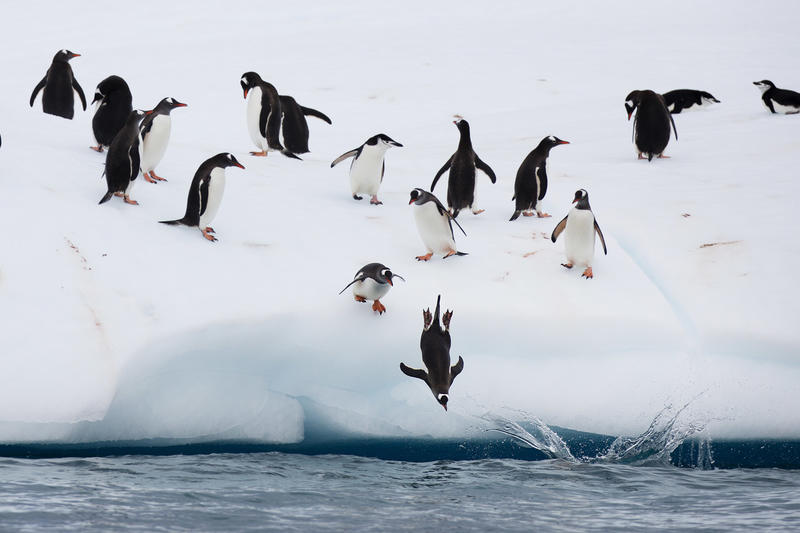
But before you read on, how about signing our petition to help protect penguins with a network of global ocean sanctuaries!
PETITION: Global Oceans Sanctuaries
1. Once upon a time, the earth was populated by a giant penguin
The first bird to be called a penguin was the now-extinct ‘great auk‘ that lived in the North Atlantic. It was tragically hunted to extinction by humans, and it is believed that the last living great auk was captured in Iceland in 1844.
Fossil evidence also shows that penguins evolved before the dinosaurs went extinct, and there are prehistoric remains that show that a species of giant penguin called the Colossus penguin once populated the Earth, which was probably taller than Michael Jordan. That’s a tall penguin!
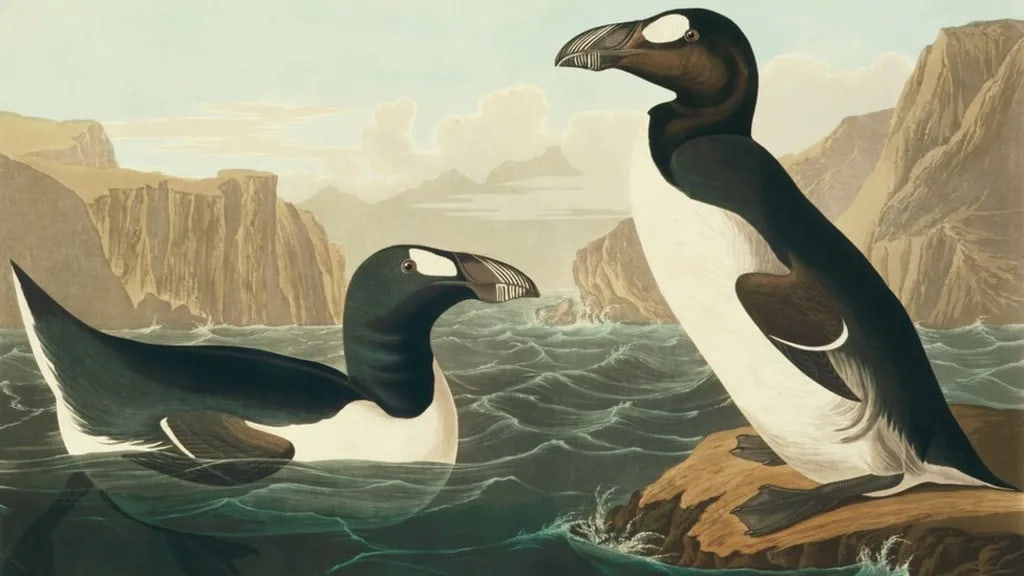
2. The world’s smallest penguin lives in Aotearoa New Zealand, and is only about 25 cm tall
The kororā, or as the Australians call it the Fairy Penguin lives in Aotearoa New Zealand as well as Australia and other places in the Southern Hemisphere. It’s the smallest of any of the world’s penguins, and their distinctive blue feather colours at the top of their body is why they’re also called the ‘Little Blue Penguin’.
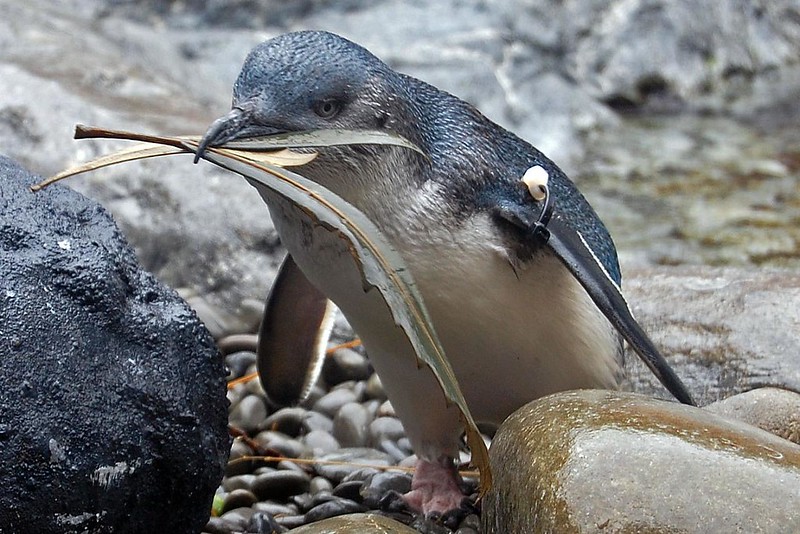
Their scientific name, Eudyptula, means ‘good little diver,’ which they are! These little blue penguins live in a chosen spot year-round and do not migrate. When they leave the land to forage in shallow inshore waters, they travel in flocks, usually under cover of darkness at dawn and spend the day at sea to return to land at dusk. This big day in the ocean provides them with protection from some predators, but they are still at risk in some areas. This means the little blue penguin now mostly lives in offshore islands. Their population has been declining in areas not protected from predators, but where predator control is in place, populations have been stable or increasing.
Dogs, cats, ferrets and stoats all present a threat to the little blue penguins, as does coastal development and the clearance of traditional nesting sites. A marina development at Pūtiki Bay / Kennedy Point on Waiheke Island where the kororā nest is an example where development has put the little blue penguins at risk. A campaign by mana whenua and other locals on the island and across Auckland fought to stop the development and save the korurā.
Another threat to the little blue penguin is oil spills as we saw with the Rena oil spill where the korora became emlematic of the risk that deep sea oil drilling would pose.
Little blue penguin Ghost Birds
In a haunting exhibition named ‘Ghost Birds’, the little blue penguins appeared ‘Like a countless assembly of small ghostly shadows urging us to do better’.
The oil prints featured in this exhibition were made with imprints of the body of a little blue penguin dipped in the oil that killed it spilled by the Rena oil spill in the bay of Plenty. It and the other bird featured in the Oil on Canvas’ exhibition are just two of an estimated 20,000 birds killed after the shipwrecked Rena spilled 350 tonnes of oil into the Bay of Plenty. The work served as a memorial to the creatures that lost their lives and as a stark warning against the far greater risk posed by deep sea oil drilling in NZ waters.
3. Most wild penguins live in the southern hemisphere, and we have a bunch here in New Zealand!
Although penguins have become synonymous with ice, most penguins live in the southern hemisphere. In fact, only seven species live in Antarctica, and the Galapagos penguin is the only penguin that lives north of the equator.
Here in Aotearoa, we have the little blue penguin and the Eastern rockhopper penguin, which also lives further afield, but we also have some endemic penguins that live only in Aotearoa New Zealand. These include the Snares crested penguin, which lives in the sub-antarctic Snares Island, the Fiordland crested penguin and the Erect-crested penguin, which also lives in the cooler waters of sub-Antarctic southern New Zealand, and the Yellow-eyed penguin which lives further north in our more temperate climates.
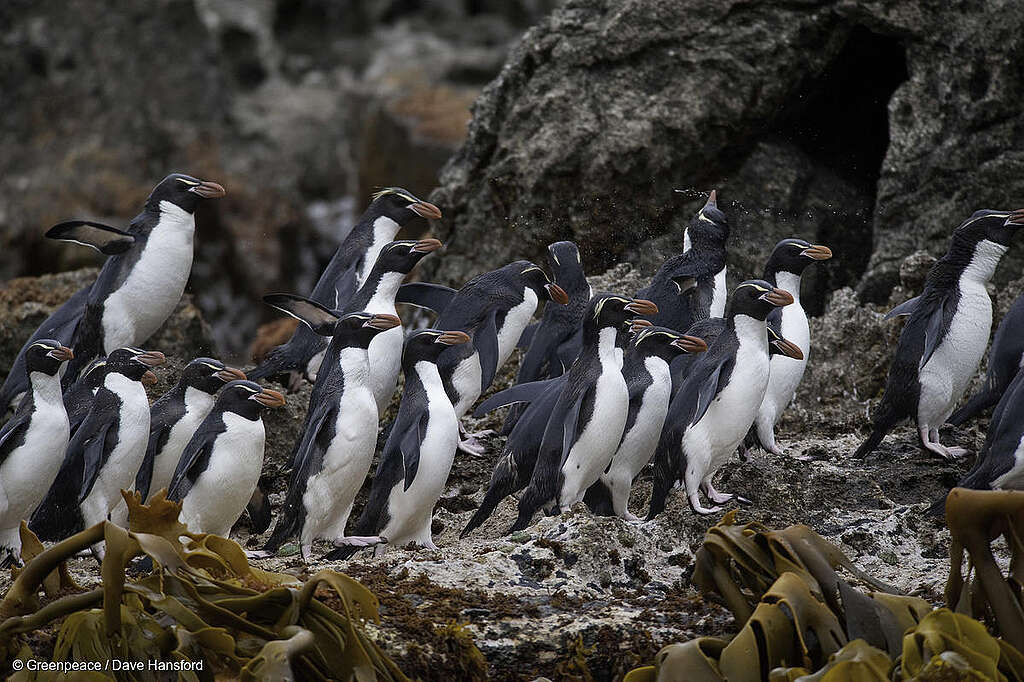
4. The penguins’ black and white “costume” is like a penguin onesie that helps them avoid predators
Most penguins have a black back and a white belly. Which has evolved through evolution to act as camouflage which helps them avoid enemies.
The penguins’ black backs help them avoid flying predators as it blends into the dark sea below, while the penguins’ white bellies allow predators from below in the sea to mistake their bellies for the bright sky above.
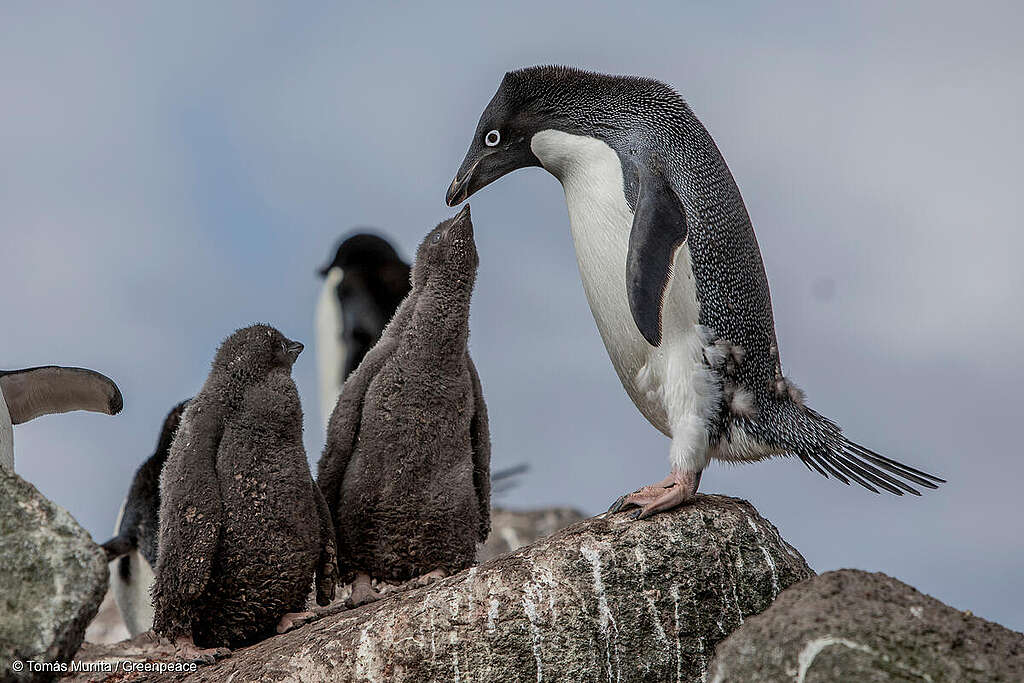
But speaking of penguin costumes, here’s perhaps our best penguin fact of them all:
5. Penguins use clever tricks to help them move faster
Although penguins are birds, they can’t fly, but they are world-class swimmers! This is with the help of, among other things, a special swimming technique where the legs are used together with the tail feathers as rudders.
They can even stay under water for 20 minutes, and penguins love to sled on their stomachs to get across the ice quickly.
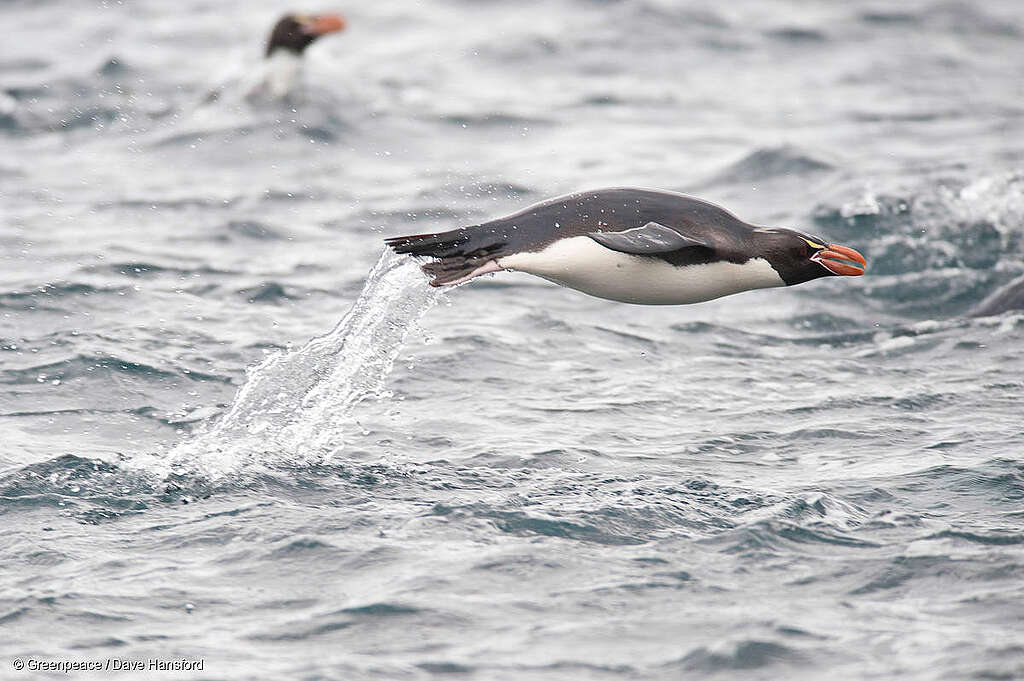
They may be clumsy on land, but they are world-class swimmers. Donkey penguins are the fastest swimmers and can reach speeds of 22 km/h.
Scientists have also discovered that the largest penguin, the emperor penguin, can triple its swimming speed in short bursts by using air bubbles from its feathers.
Here’s a video of Snares Crested Penguins swimming under water at the SNares Islands.
6. Penguins are media superstars!
Penguins have been immortalized in pop culture for a long time. They’ve sung with Mary Poppins, danced in Happy Feet and been unstoppable in Madagascar – but if you ask the penguins, they don’t seem too impressed with the celebrity.
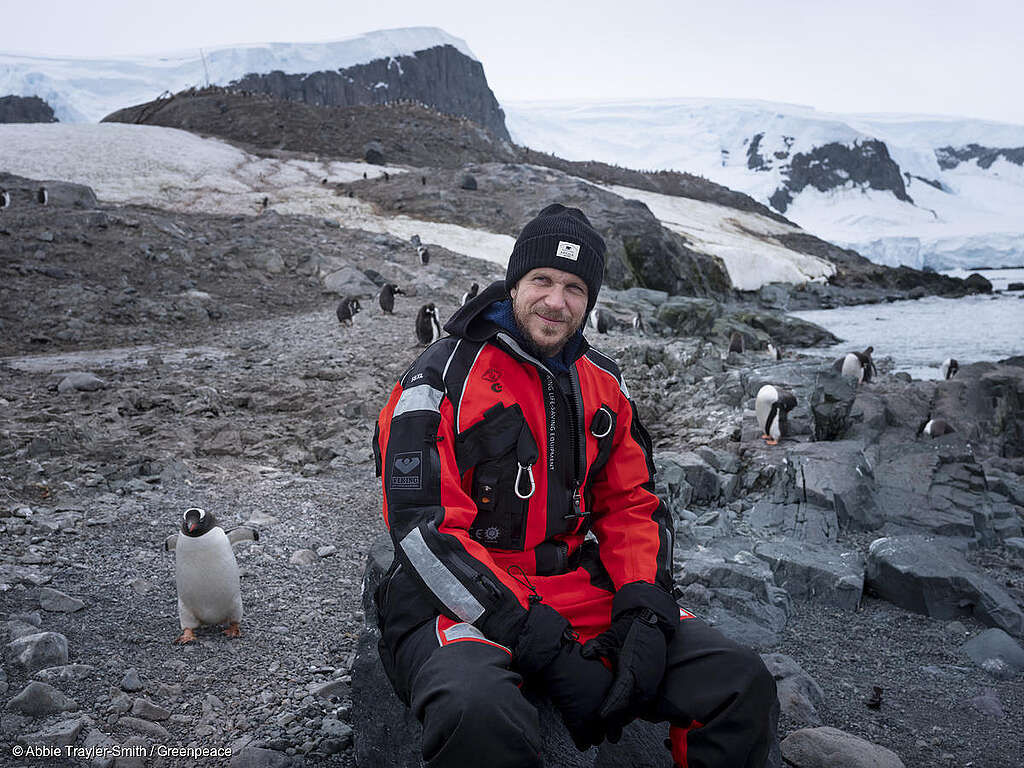
Gustaf Skarsgård and his penguin friends swapped the red carpet for fairytale nature. The picture from 2020 when Greenpeace was in the Arctic during an expedition to protect the area. Greenpeace collaborated with a group of scientists who investigated and documented the effects of the climate crisis on the region.
7. The Adélie penguin uses rocks as wedding rings
Adélie penguins just LOVE rocks! The stones are used, among other things, to build nests, but there is a big problem – stones can sometimes be in short supply.
It can sometimes create bad neighbourly relationships because they don’t hesitate to steal a stone or two from the neighbour while they’re out doing penguin things.
The stones also have another important function. When a male is courting a female, he does so by giving her a rock.
But it is important that it is a fine stone, therefore the male frantically searches the entire beach to find the absolute smoothest and best stone. When the perfect stone is found, it is placed in front of the female – just like a proposal!
8. Penguin poop can sometimes be seen from space
Penguin poo can be used for so many things. Not only can it be visible from space, but it can also be used as ammunition against predators. This can be an effective way to keep enemies at bay.
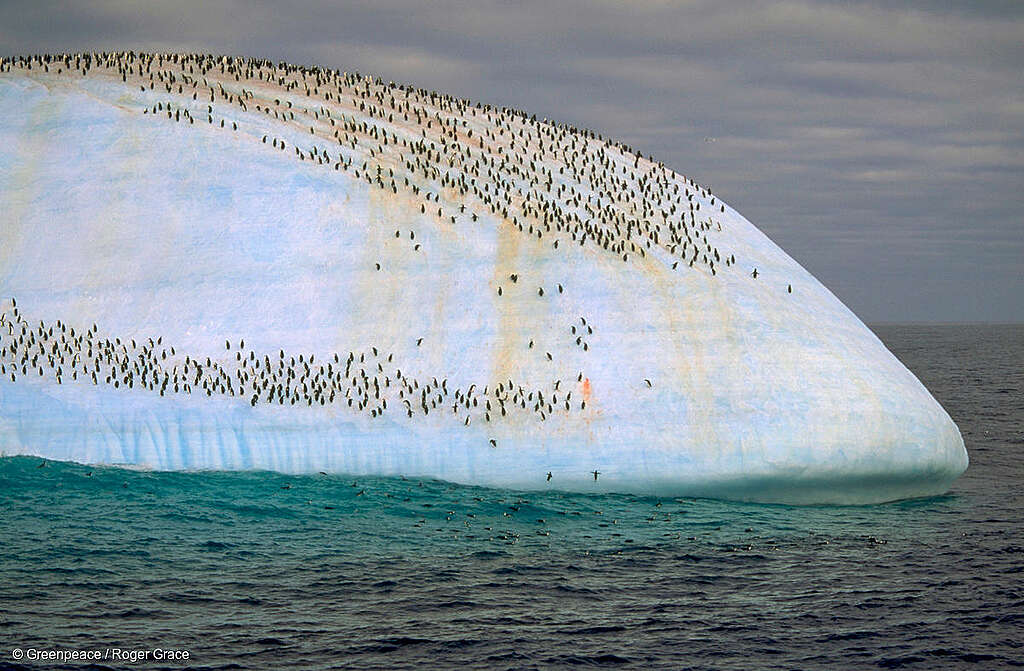
Phew!
At Edinburgh Zoo, the penguins had long been the main attraction until the pandas arrived and stole the spotlight. This may have led to a mildly grisly protest against the panda crowd.
9. The penguins need our help
Scientists investigating colonies of chinstrap penguins in Antarctica have documented a drastic decline in the penguin population. In some colonies, the population has decreased by as much as 77 per cent since they were last counted 50 years ago.
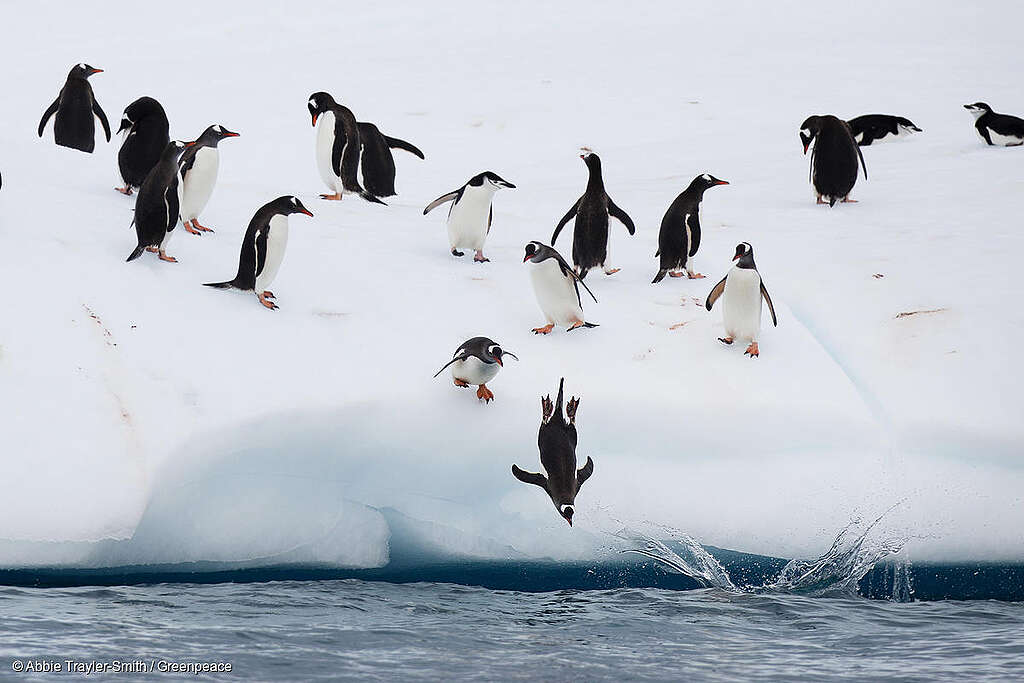
All indications are that these changes are occurring due to climate change. When wildlife has to fight for its survival and ecosystems are in danger of collapsing, it becomes clear that we need more protected areas that are free from all harmful human influence, not only in Antarctica but across all the world’s oceans.
Today, only 2 percent of the world’s oceans are protected from destructive industrial activity.
That’s why Greenpeace is working hard to get a global network of ocean sanctuaries through the United Nations. After years of campaigning, the first ever Global Ocean Treaty was agreed in 2023. Now governments need to sign it into law and make protected areas a reality at sea.
Add your name to call on the New Zealand Government to support the creation of new global ocean sanctuaries to protect our blue planet!
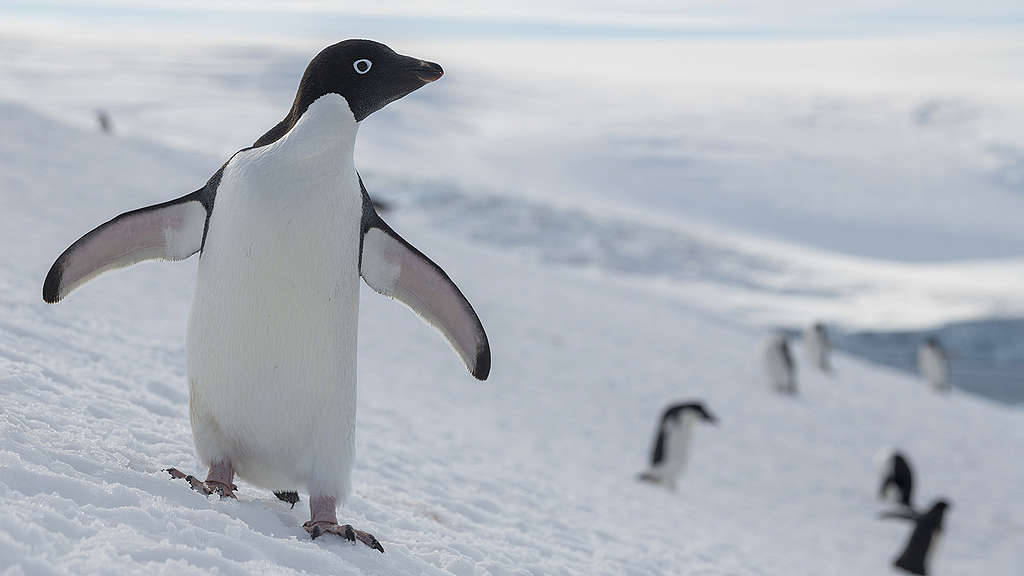
Call on the New Zealand Government to support the creation of global ocean sanctuaries to protect penguins and all their fellow ocean creatures!
